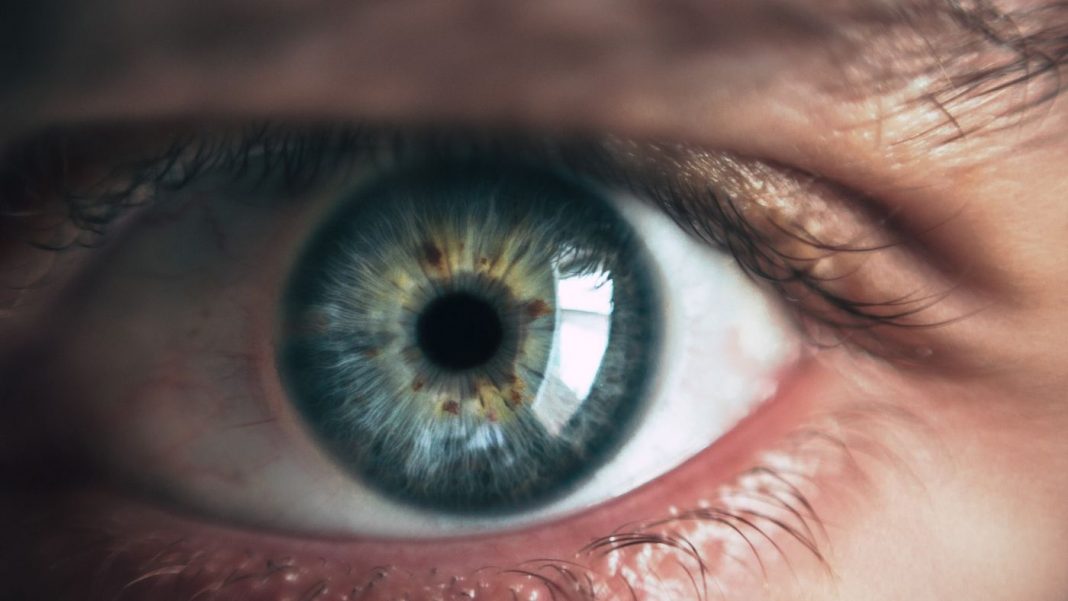Most likely, you’ve felt your eye twitchor you may be feeling it right nowfor no apparent reason. To be more precise, it is as if the eyelid “pulled” and it was not possible to control this contraction, at the very least, irritating.
Marked by involuntary eyelid contractions, usually in the lower part, this condition is called eyelid myocemia. It is the most common type of eye tremor and is usually related to some behavioral factors, such as stress, lack of sleep or excessive consumption of coffee (caffeine).
It is worth explaining that the condition tends to affect one eye at a time. This is because the spasm originates in the muscle around the eye. If the origin was the nerve that controls the movement of blinking, the problem would affect both eyes.
Want to catch up on the best tech news of the day? Access and subscribe to our new youtube channel, Kenyannews News. Every day a summary of the main news from the tech world for you!
The good news is that, in most cases, these spasms aren’t “a sign of something serious,” as Stephanie Erwin, an optometrist at the Cleveland Clinic’s Cole Eye Institute, explains to The New York Times.
How long can the eyelid stay “bouncing”?
According to experts, eyelid spasms can last for hours, days or even months, depending on the condition. “If the contraction persists for a long period of time or is accompanied by additional symptoms, it’s a good idea to be seen by an ophthalmologist to make sure nothing else is happening,” explains Erwin.
For the specialist, in addition to the duration of eyelid myocemia, other signs should lead the patient to seek medical help, such as:
- The contraction starts to spread to other muscles in the face;
- Both eyes twitch at the same time;
- The eyelid is drooping;
- Eyes are red or irritated.
What makes the eye twitch?
The exact cause of what causes the eye to tremble is not always possible to be identified, according to ophthalmologist Alice Lorch, from the Massachusetts Eye and Ear Hospital. This is because different factors can contribute, add up and aggravate the situation. According to the doctor, the most common causes are:
- Stress;
- Excessive caffeine intake;
- Lack of sleep;
- eyelid irritation caused by a contact lens;
- Eye diseases such as dry eye.
To explain: Dry eye is an eye disease caused by lack of lubrication on the surface of the eyes. The condition is quite common in people who spend most of their day looking at screens such as their computer and cell phone. In this condition, the tendency is for the person to blink less than necessary, which dries out the eyes and can bring some complications, such as eyelid myocemia.
Is there treatment?
For most cases, eyelid myocemia simply disappears without any medical intervention. “Muscle contractions are a signal from your body asking you to slow down,” recalls physician Raj Maturi, from the American Academy of Ophthalmology. Thus, reducing stress can be a good alternative to speed up “healing”.
In addition, the patient can reduce the amount of caffeine intake — limiting consumption to two cups of coffee a day — or even use lubricating eye drops, without the use of preservatives.
In extreme and rare cases, doctors can apply Botox to literally freeze the muscles and stop involuntary contractions. However, it is always worth consulting an ophthalmologist in cases of doubt and seeking the most appropriate guidance for your case.
